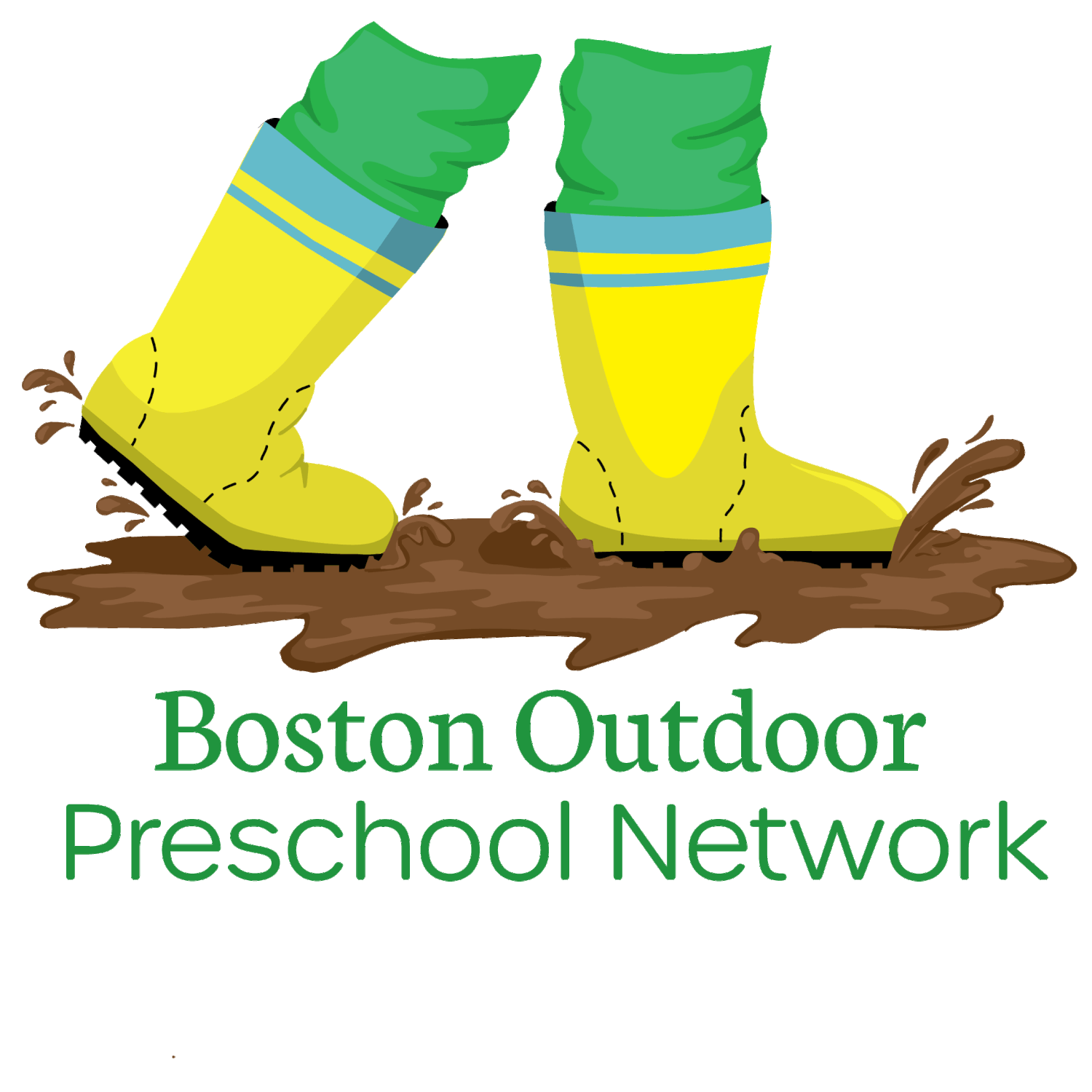Emotions and Nature Connection
One foundational goal in childhood development is emotional regulation. A somewhat fancy term for learning how to ride the emotional roller coaster of life. The goal, which we can all appreciate, is to develop strategies for maintaining our emotional experiences within a window of tolerance.
When emotions fly beyond a child’s window of tolerance, they throw tantrums. There is simply nothing left to do but breakdown or break things. Children rely on us, as adults, to calm their little bodies down and make their emotions more tolerable again. With time, little by slow, and with our help, children learn how to do this for themselves.
But how can we teach them to do this for themselves? Emotions are difficult to talk about. In the outdoors we can start mentoring these skills early on by layering the conversation into the physical actions of taking care of ourselves outside.
Nature connection begins with self-care. Safety and comfort come before exploration. For example, the learned behaviors and skills of thermo-regulation are how we keep our body temperature within a window of tolerance. We have to learn how to warm up when we get too cold, and cool off when we get too hot.
These skills can be as simple as learning to put our mittens in a dry place when we take them off in the rain or snow, or knowing when to move more to build up heat, or sit in the shade to cool down. A simple language can connect how our body feels to the actions we can take to affect change.
Simple questions like, “How do your hands feel -- warm or cold?” can lay the groundwork for more complex questions like, “How does angry feel?”
Something that is as simple and as reinforcing as putting on a jacket when cold can become a model for emotional regulation strategies. Physical movement is a way to manage how emotions make our bodies feel. Hanging from something can lighten the heavy feelings of sadness, jumping in a puddle can put out the burning sensations of frustration, asking to play a game can pull us up when we’re feeling down. These strategies only work if the child is on their own side, and has already felt the connections between actions and change.
Outdoors education does not only build connections to nature, but to our own bodies; becoming aware of the activities of different species on the landscape allows us to learn about our own activities and processes of growth.
These skills can be internalized as children grow and their minds develop. Emotions can eventually be kept in check by healthy thinking and resilient beliefs about who they are. This is the eventual goal of emotional regulation, but it is a long road, which most of us are still traveling, and it’s best to prepare for the most basic needs first. It is these most basic needs — the physicality of life — that are overlooked in indoors programs, and what we emphasize outdoors. So children can have a more solid foundation to build on.

